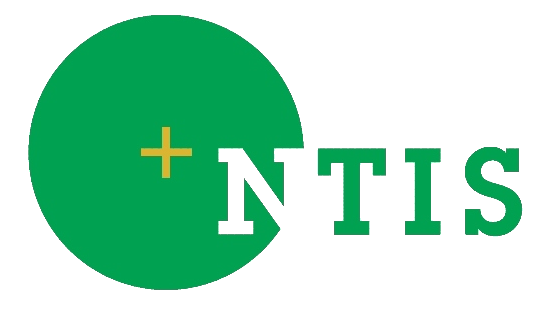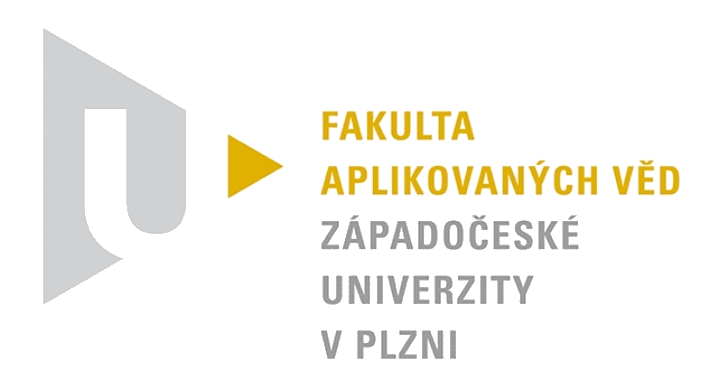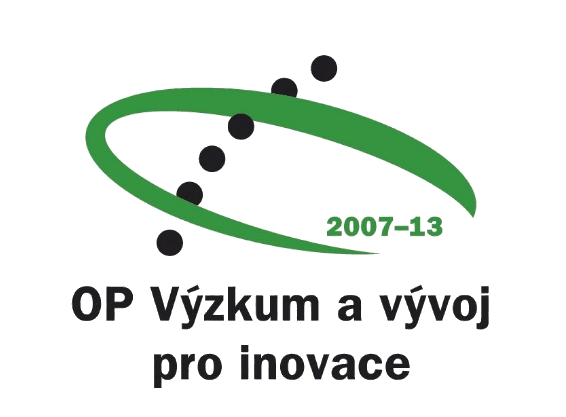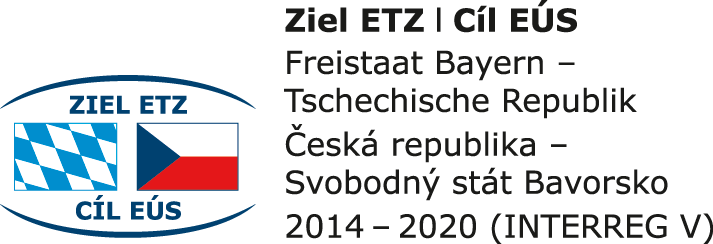
Using ART2 for Clustering of Gabor Atoms Describing ERP P3 Waveforms
This paper deals with a suitable method for decomposition of EEG/ERP signal to waveforms which are grouped is such way that one or few groups contain ERP P3 waveforms. At the beginning, the EEG/ERP domain is briefly introduced and essential information about EEG and ERP signals is given. Then, the method for waveforms grouping based on matching pursuit algorithm with Gabor dictionary as a preprocessing method for feature extraction for ART2 neural network is explained in detail. Emphasis is placed on selection of suitable feature extraction method. Comparison of tested feature extraction methods and summarization is given at the end.







